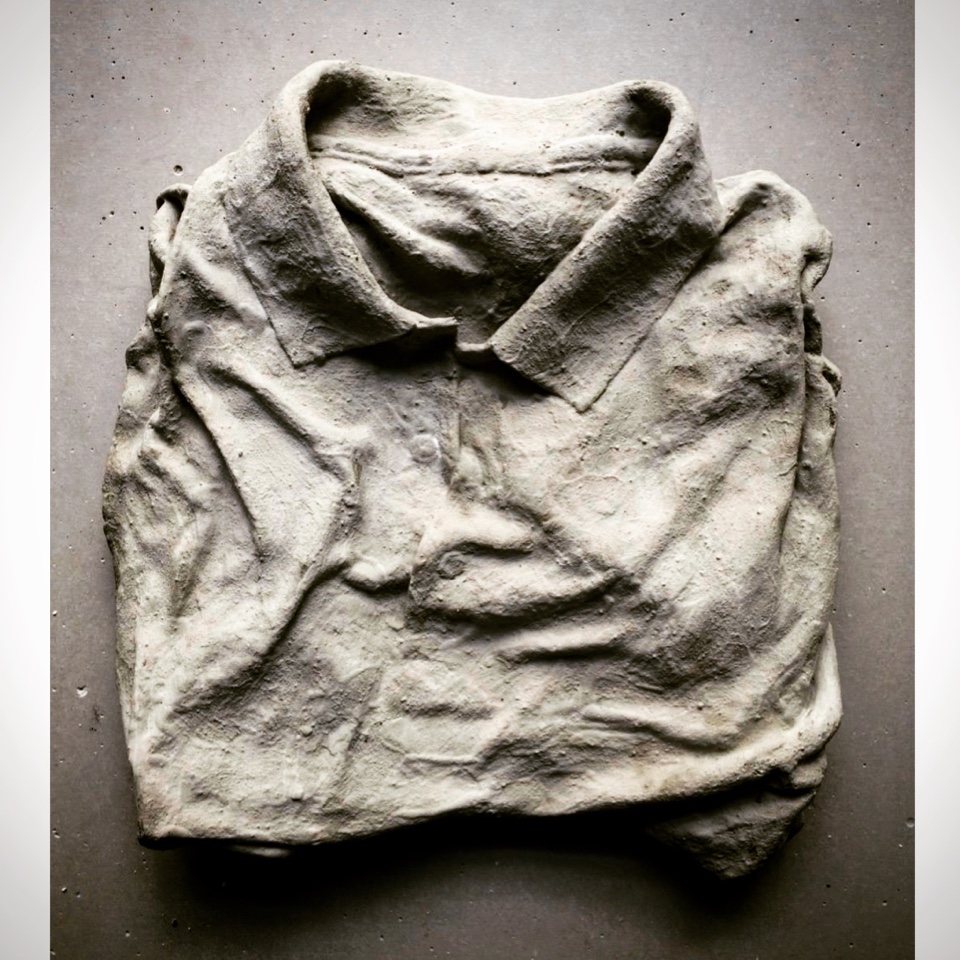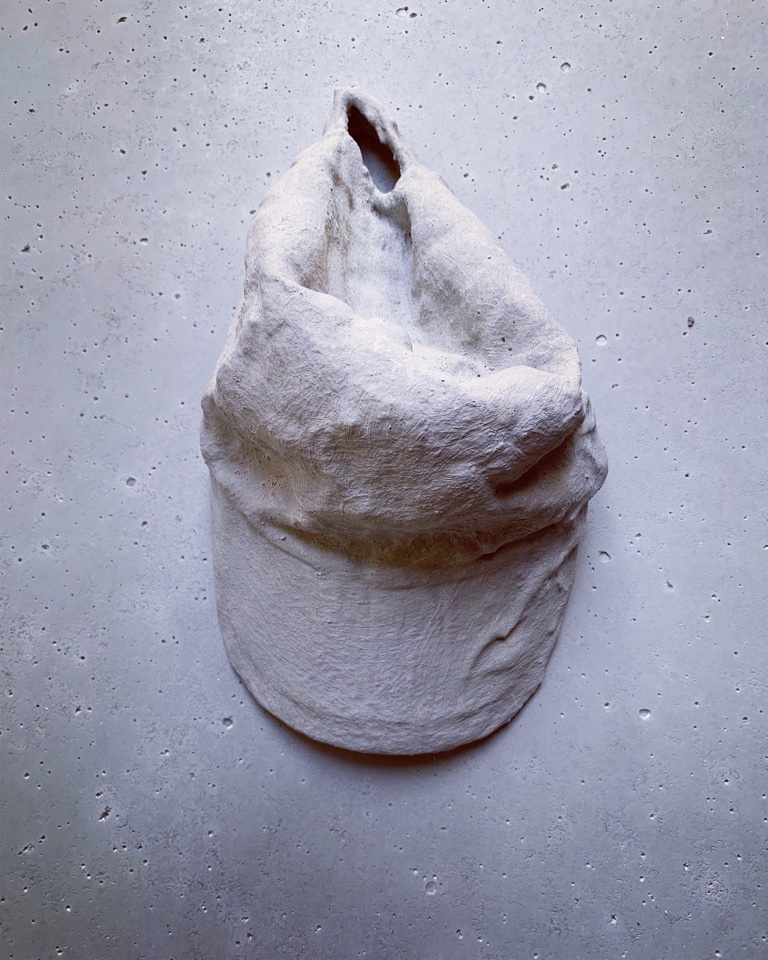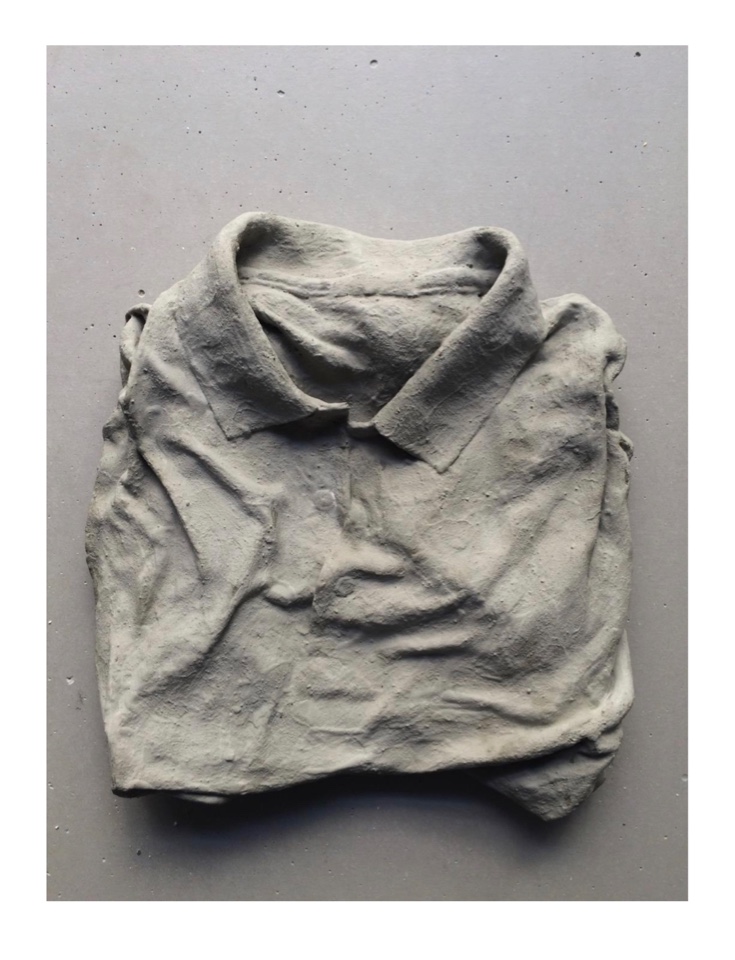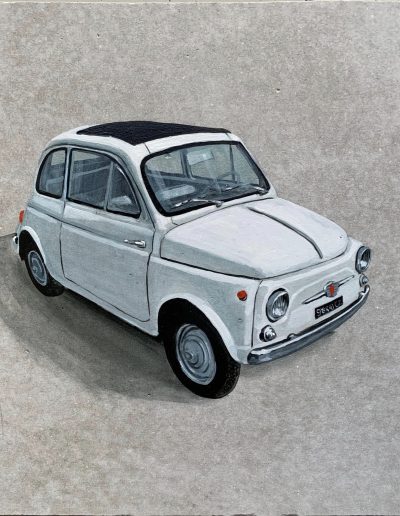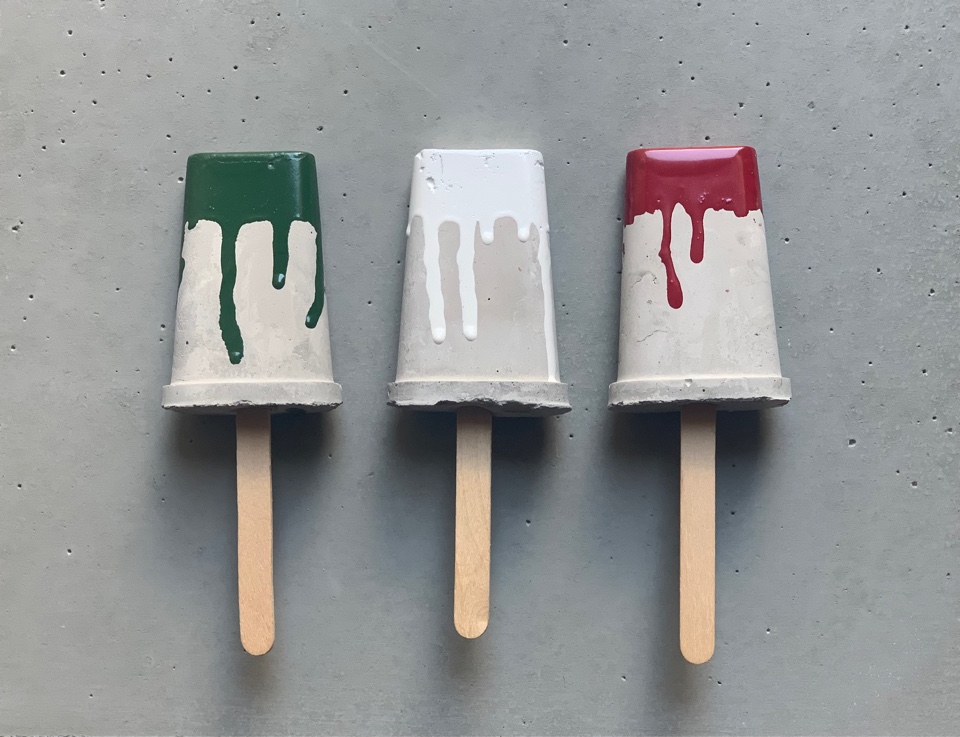
Interview by Gerardo Sierra & Ceci Oaks
Images courtesy of Mario Loprete
Isolation is defined as having the effect of making a person feel or be alone or apart from others, and that was exactly why most of the world lived during the pandemic of covid-19. We had the opportunity of talking with an artist who’s sculptures were created as a statement of what we lived during this turning point in our lives. He’s a plastic artist who’s project’s vision is going to talk directly to the person you where during the pandemic…
Emotions and curiosities so that the person who looks at these sculptures becomes a kind of postmodern archaeologist, studying my work as urban artefacts.
Mario Loprete, 2023
141: What were your inspirations to begin with the cement project? We know it was the pandemic, but how did it all come together?
MT: Concrete sculptures are giving me a lot of personal and professional satisfaction. How was it born? It was the result of a major investigation into my work. I was looking for that special something that I felt was missing. Looking back on my work over the last ten years, I understood that there was a certain semantic and semiotic logic “spoken” by my images, but the right support to enhance their message was not there. Then one day the idea came: why not put a little of me in every work of art. but really i of my own.
For my concrete sculptures, I use my personal clothing. Through my artistic process in which I use plaster, resin and cement, I transform these articles of clothing into artworks to hang. The intended effect is that my DNA and my memory remain inside the concrete,
141: You mentioned that your inspirations for this project came from the story of Pompeii too. Why did you do this with only your clothes and not add other poeple’s? Is there a personal message in there because of this decision?
MT: I like to think that anyone who looks at my sculptures made in 2020/2022 can perceive the anguish, vulnerability, fear that everyone I have felt in the face of a global problem such as covid-19 … under a layer of concrete there are my clothes, with which I lived this nefarious period. An introspective work, much more than a self-portrait.
141: Why cement and not materials like clay, plastic or any other kind?
MT: Reinforced concrete, concrete, was created two thousand years ago by the Romans. It tells a millenary story, full of amphitheaters, bridges and roads that have conquered the ancient and modern world. Now, concrete is synonymous with modernity. Wherever you go, you find a concrete wall: modern man is in there. From Sydney to Vancouver, from Oslo to Pretoria, this reinforced concrete is present, and it is this presence that sustains writers and allows them to express themselves.The artistic question was obvious to me: if man has brought art to the streets to make it accessible to all, why not bring the urban to galleries and museums?
141: What did you feel when you first saw your finished pieces with the clothes you wore during this time?
MT: The emotion was very strong. primarily because the first job turned out to be as I had thought and planned it and this was not obvious. then I realized that wherever the work went, a fragment of me would also go
141: What would you like to leave to people when they see this?
MT: Emotions and curiosities so that the person who looks at these sculptures becomes a kind of postmodern archaeologist, studying my work as urban artefacts.
141: Do you think people all over the world felt the same as you did or do you think that it affected us all in different ways and how do you reflect on them?
MT: Many people have suffered loneliness and isolation, to the point of radically changing their way of relating. Resilience has unfortunately not been uniform.
141: Is there some part 2 thought for your concrete sculpures?
MT: Of course there is the evolution of the project, but revealing it now would not be appropriate. there are steps to follow and I can’t point to the end of a journey without having traveled all the way.
141: If there was only one piece you’d keep for yourself, which one would it be and why?
MT: The first obviously… it’s not simply the prototype, but it’s the artistic idea born, which was born after a lot of planning.
141: Did you think of doing this with objects other than clothes?
MT: Surely. in 2018 I made an exhibition in a museum on a beach. I collected everything that the bathers had left behind, lost and unused . I used towels, beach toys, life jackets, canoes, swimsuits, tank tops, T-shirts, slippers, shoes… I covered them with a layer of cement, stopping the time.
141: You say that sculpture is your lover, your artistic betrayal to the painting. Did this change your ways of being an artist?
MT: Yes, I feel more complete. sculpture makes you more involved in the creation of the artwork.
141: What’s coming for Mario Loprete now that everything’s almost back to normality?
MT: My only thought is to create works of art that allow me to present them in those places that have deprived me of visiting for 3 years. I hope that an ever-increasing audience appreciates them and that my art inspires reflection.






